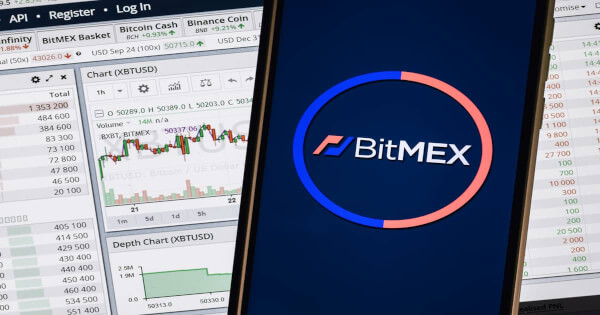The cryptocurrency industry has witnessed a concerning pattern of prominent platforms and institutions facing financial difficulties and collapsing. Voyager and Bittrex are the latest additions to this trend.
The series of bankruptcy filings has created uncertainty and losses for investors, raising questions about the long-term sustainability of the digital finance sphere and the regulatory environment surrounding it.
These developments highlight the need for increased scrutiny and caution within the cryptocurrency space as stakeholders navigate the evolving landscape of regulations and market dynamics.
Voyager & Bittrex Collapse: A New Negative Trend on the Horizon
Renowned crypto broker Voyager Digital filed for Chapter 11 bankruptcy protection on July 6th, 2022, becoming one of the casualties of chaos in the digital financial markets.
The legal filing took place in the United States Bankruptcy Court for the Southern District of New York.
According to the broker statement, the filing included assets and liabilities worth $1 billion and $10 billion. The platform stated it had $1.3 billion of digital assets and over $350 million in fiat.
The catalyst for Voyager’s downtrend was its exposure to Three Arrow Capital, an emerging crypto hedge fund, which went bust a week before the platform filed for bankruptcy.
The hedge fund defaulted on a series of loans from crypto-based industries and companies, including $650 million from Voyager.
The exchange platform tried to trigger a rebound powered by a buyout from FTX and then Binance U.S.; however, the purchase strategy failed to amass significant traction, which led to a collapse of both deals.
The legal battle is ongoing, and stakeholders are expected to receive around 35% of their funds as fiat or crypto in the coming months – nearly a year after all accounts were frozen.
The recent bankruptcies of Voyager and Bittrex, two of the most prominent cryptocurrency exchanges, have left investors stuck due to the inability to access their funds or assets.
The case of Bittrex caused a wider buzz as it became clearer that the digital finance sphere lacks stability and embeds a spate of risks.
On May 8th, Bittrex Inc announced its official filing of Chapter 11 bankruptcy protection in the United State Federal Court in Delaware.
The file document stated the platform’s liquidation was propelled by liabilities worth up to $500 million – $1 billion, with over 100,000 creditors queued up for payments yet to be settled.
However, Bittrex had previously announced plans to close its subsidiary operation in the United States on April 30th, citing brewing regulatory issues from the Securities and Exchange Commission (SEC).
Although the latest development does not affect Bittrex Global, operations are expected to continue for customers outside the U.S. territory.
The crash of its subsidiary indicates fragility and potential risk in the future, which have left investors weary.
Crypto Space Uncertainties: What Is the Way Forward in Ensuring Safe Investments?
The Voyager and Bittrex bankruptcies are an eye-opener for investors set to pivot to the crypto space.
There’ve been other recent liquidations ranging from FTX exchange, Celsius, Silvergate, Silicon Valley, and many more.
Financial experts believe the need for more regulatory frameworks from functional digital finance policy agencies is the best bet to ensure the safety of funds and assets.
While the crypto market is volatile, traders and investors have the right to transparency from supposed brokerages.
With laid-out rules, analysts believe exchanges and crypto will prioritize the safety of stakeholders’ assets or risk legal consequences.
Credit: Source link















































